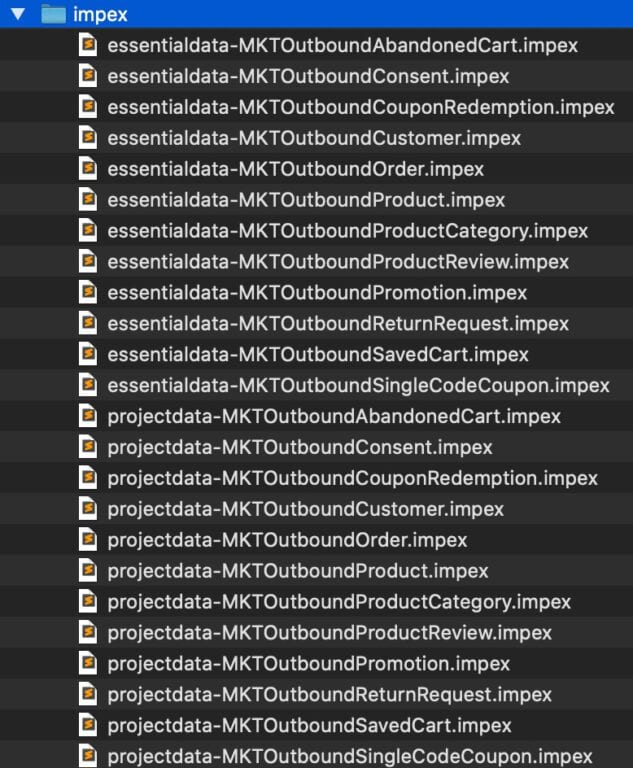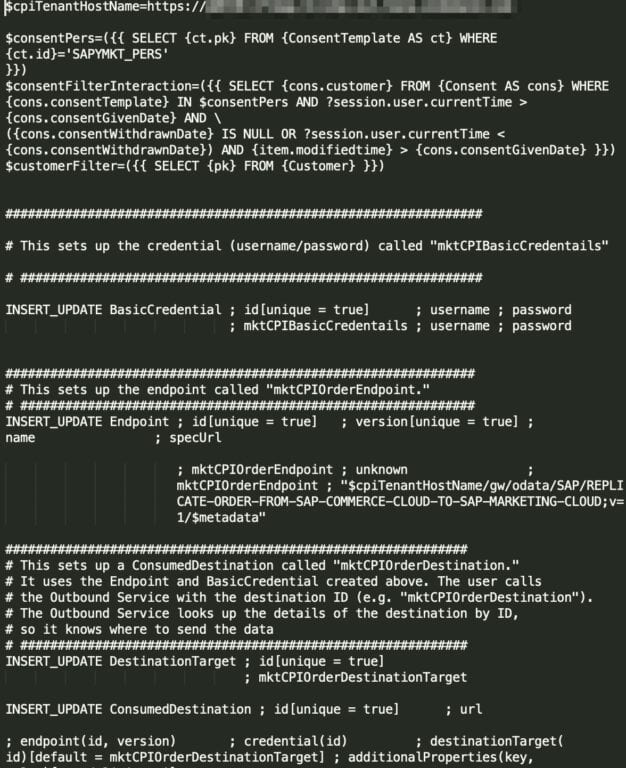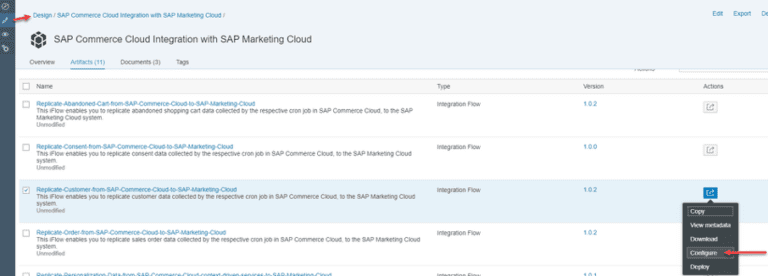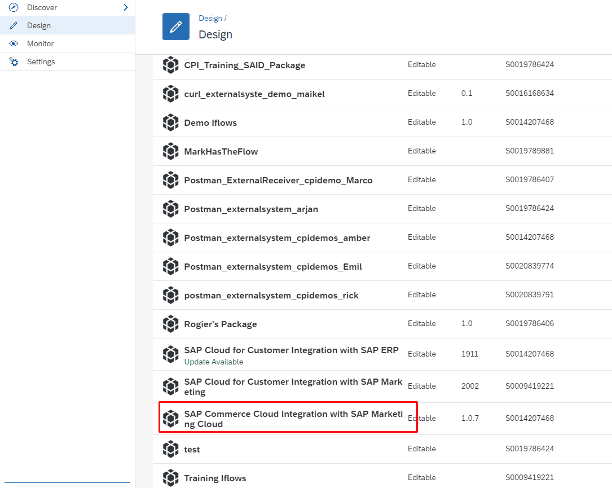Brendan Korten
Read all my blogsImprove User Experience by integrating SAP Marketing Cloud and SAP Commerce Cloud using SAP Cloud Platform Integration
First of all, what are the benefits of integrating these powerful tools?
In this short blog I want to show you the principles of the integration between SAP Commerce Cloud and SAP Marketing Cloud.
Although powerful on their own, integrating them will unlock additional power to better elevate your overall customer experience.
- Make custom campaigns for actions and behaviors on your commerce platform
- Create 360 degrees customer view
- Enrich the customer data
- Increase the service to your customer by serving the right products at the right time
- Create new marketingdata insights
- Create smart abandoned carts campaings
- Integrated coupon management
- And many many more…
Integration using SAP Cloud Platform Integration (CPI)
There are different options available to integrate SAP Commerce and Marketing Cloud, the most common being using SAP CPI.
Your Commerce platform should be on core version 1905 or higher.
In this diagram, SAP Commerce Cloud will send the data to SAP CPI, which will transform the data received and send to SAP Marketing Cloud.
Depending on your version of SAP Commerce core the main extensions in SAP Commerce Cloud are part of the SAP Commerce Cloud Integration Extension Pack or the CEP.

SAP Commerce Cloud setup
First you need to cover the installation needed for SAP Commerce Cloud.
As you can see in this article you’ll need to configure your manifest.json to build and deploy.
The configuration is supported by the powerful ImpEx engine.
By default, different ImpExes are included in the package which must be adjusted.
Via / hybris / bin / modules / sap-marketing-cloud / sapymktdatareplication / resources / impex you can see and adjust the different impexes supplied.
Make sure to first make a copy of all impexes and then adjust them. If something goes wrong, you can easily replace the copy.

These standard ImpEx files describe what should be interfaced where on which event. In order for this to work, you should update the tenant in the file and import it.

SAP Cloud Platorm Integration setup
In SAP CPI, The pre-packaged standard content provided by SAP can be easily be configured and deployed.

In CPI you can see the streams of, for example, the Replicate Order after adjusting the different impexes.
1- In CPI choose design and open the package SAP Commerce Cloud integration with SAP marketing Cloud

2- Configure one by one all the iflows you need:

3- Fill in the receiver/sender details and click deploy:

4- The credential name is corresponding to a communication user defined in CPI.
![]()
SAP Marketing Cloud setup
In SAP Marketing Cloud, you need to publish the standard application programming interface (APIs) using communication arrangements.
The following communication arrangements are available:
| Communication Arrangement | Data Replication Scenario |
|---|---|
| SAP_COM_0207 | Customer and consent |
| SAP_COM_0082 | Order, return request and saved cart |
| SAP_COM_0206 | Abandoned shopping cart and product review |
| SAP_COM_0171 | Product |
| SAP_COM_0172 | Product category |
You should implement them based on the required scenario’s.
The communication arrangements allow you to establish secure communication between SAP Marketing Cloud and SAP CPI.
Activate
After all setup is done, you should create a cronjob in the Commerce backoffice, after which the data is sent via CPI to the marketing cloud.
After running the cronjob you can monitor and debug the iFlow in CPI if required.
To get a 360 degree overview of the customer in SAP Marketing Cloud, you should implement all standard streams.
After this you can use the data in actions and campaigns.
If you want more information about the integration between SAP Commerce Cloud and SAP Marketing Cloud and, please contact us and we will be happy to help.



